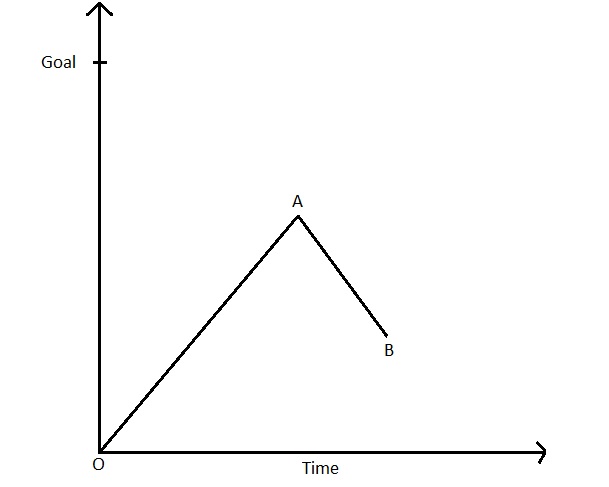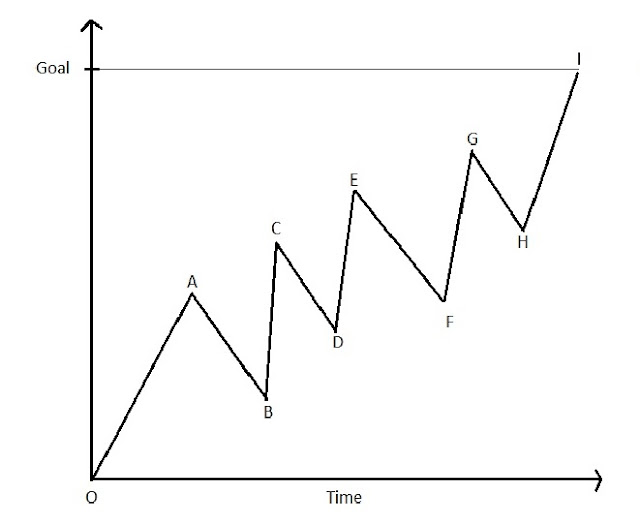The same underlying motivations that drive the behavior of individuals in real life are at play in the virtual world of social media.
If I support socialism then reaffirming the awesomeness of socialism boosts my ego because when I say “Socialism is awesome”, I’m indirectly saying, “I’m awesome because I support socialism which is awesome.” (see Why we want others to like what we like)
Ancestral women who were nurturing and formed strong relationships with other women to gather food and raise the young together were more successful reproductively than those who did not have these traits.
When it’s a woman’s best friend’s birthday, you’re likely to see her post a picture of her and her best friend together, along with something like this written in the caption…




